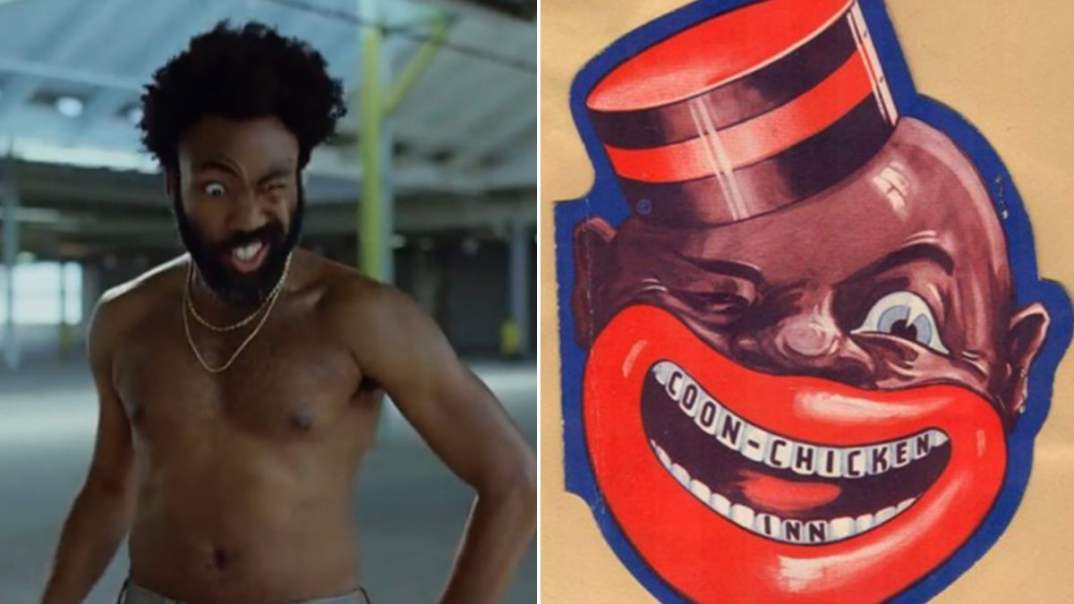‘This Is America’ producer reveals secret meanings in Donald Glover’s viral video “Our goal is to normalize blackness”

After a week full of speculations, critiques and think pieces, a producer of Childish Gambino’s “This Is America” music video sharing new details about its intentions and all the symbolism and hidden references that had audiences scratching their heads.
Tuesday, Ibra Ake, a writer for FX’s hit series Atlanta and the creative director for Childish Gambino, (Donald Glover’s hip hop alter ego), opened up about the viral video in an interview with WNYC radio.
–This Is America: 5 powerful messages that will stay with you long after your Donald Glover hangover—
“We try to make stuff in a vacuum in a way where we’re not influenced by what was made before us, which usually ― in the media specifically ― comes from a white world and a white infrastructure,” Ake told Tanzina Vega, host of WNYC’s The Takeaway.
Since Saturday, This Is America has already been viewed more than 50 million times on YouTube. And a lot of fans and writers have taken a stab at figuring out the message behind the jarring visuals.
Not to toot my own horn but (*toot toot*) from what Ake had to say, it appears theGrio’s assessment of the clip was pretty spot on.
“We reduced it to a feeling ― a very black feeling, a very violent feeling, but also a very fun feeling,” Ake said of the video, which shows Childish Gambino and a group of schoolchildren doing the Gwara Gwara while the world descends into chaos all around them.
“If you’re at the club and there’s a shooting outside, you still have to go get food afterwards and you have to compartmentalize that,” Ake said about the video constantly oscilation between violence and joyful dance.
–#YaleWhileBlack: White woman calls police on Black grad student for napping in dorm—
“Being marginalized is compartmentalizing trauma to exist in the world. I can’t stop being black because of trauma and discrimination. I still have to live life and forge on.”
He also confirmed theories about references to Jim Crow and the late Fela Kuti, the iconic Nigerian musician whose look and dance moves were heavily infused into the video.
″Our goal is to normalize blackness,” Ake clarified. “This is how we would like to dance, but we have to be aware of the danger and the politics of how we’re perceived and the implications of the history of how we were treated.”
“There’s all this math you’re constantly doing expressing yourself,” he continued. “We’re trying to not have to explain ourselves to others and just exist, and not censor what our existence looks like as people.”
While many have applauded the video, others like Brittany Luse, have taken issue with how callously black bodies are executed in some of the scenes.
–Black Navy vet brutally beaten and called racial slurs by four white security guards–
